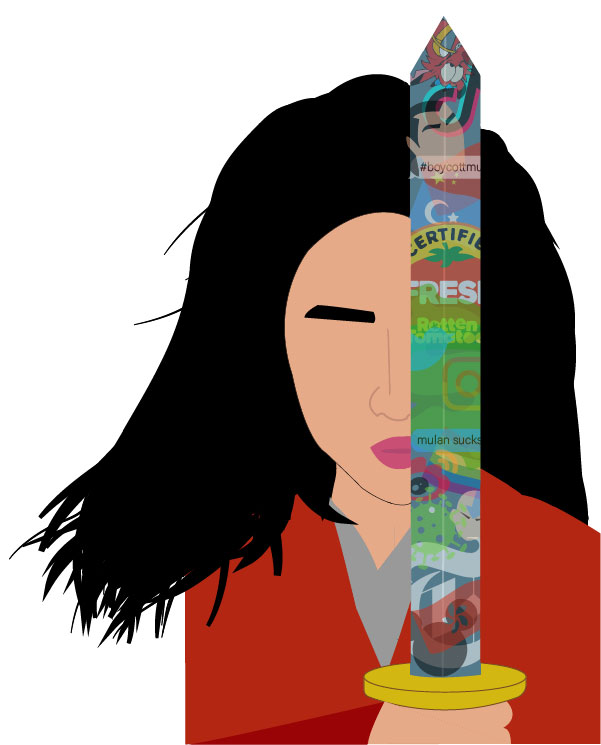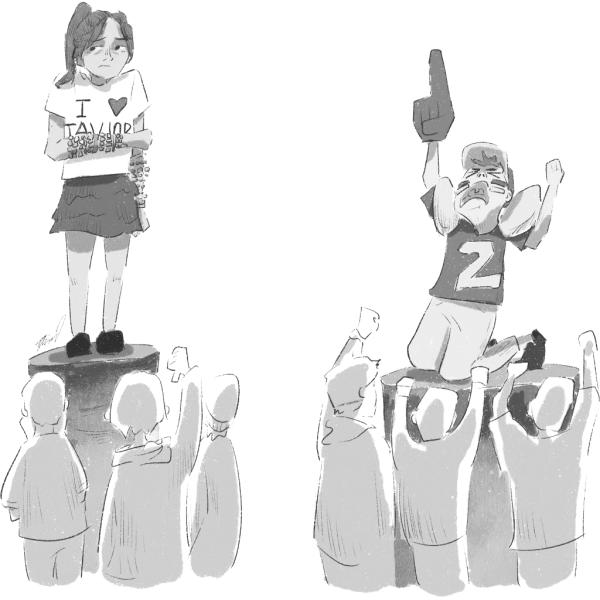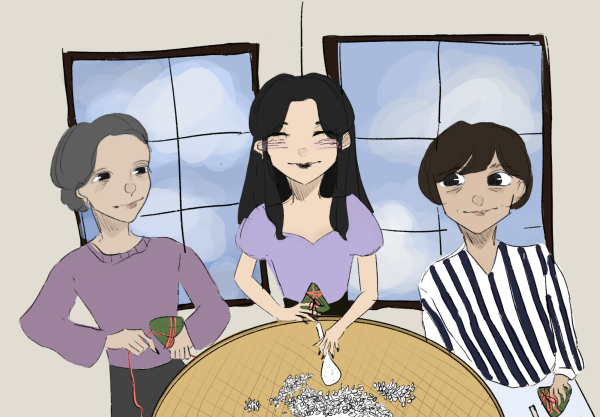Opinion: Recent release of ‘Mulan’ fails in execution of Asian representation
September 17, 2020

It’s September of 2010, I am laying on my stomach in the middle of my living room watching Mulan. As a 6-year-old, I was completely mesmerized at how Mulan could defeat an entire army and restore safety in all of China. Mulan’s heroic and individualistic character in the film contrasted heavily to the other Disney princesses with a more fragile image and that made her stand out to me.
Among the selection of Disney princesses, I saw myself reflected in Mulan the most as she was Chinese and so was I.
Fast forward to September 2020, now as a 16-year-old, I’m able to watch the live-action remake of Mulan on Disney+. Other than having to pay an additional $30 to watch the film, I am quite disappointed and ashamed of what Disney released.
The lack of diversity in Hollywood is not a secret. This issue has led to situations where characters are often whitewashed. Two prime examples are The Last Airbender and Aloha. In The Last Airbender, Katara, originally based off of people from varying Indigenous cultures in the TV show, is played by white actress Nicola Peltz. For Aloha, actress Emma Stone played Allison Ng, a part-Chinese, part-Hawaiian character. Although Stone has expressed regret for the miscast, she still stands with one of the producers’ statement that there were no intentions of portraying Ng as Asian-looking in the first place which puzzles me still to this day.
Not until the 2018 release of Crazy Rich Asians did Hollywood see an all-Asian cast step forth onto the big screen. For the most part, the film received much love for what is considered a risky move by having an all-Asian cast while still being culturally accurate. I’ve seen Crazy Rich Asians at least five times because I love, and cannot get over, the Asian representation throughout the entire film. Honestly, it is quite refreshing to see Hollywood truly portraying different types of Asians.
The release of Mulan in 2020 does feature an all-Asian cast but the remake still feels like a setback. If you dig a bit deeper, you can see that there is an abundant amount of cultural misunderstandings present in the film. The controversies surrounding these mistakes leave a lasting negative impression.
The Taiwan News reported that the film failed to accurately research certain background scenes, noting that the film used a type of housing from the Song Dynasty (c. 960 to 1279 CE) instead of one from the Northern Wei Dynasty (c. 386 to 534 CE) when Mulan was actually alive.
Even though there is an attempt to successfully portray Chinese historical culture to its audience, Disney completely misses the mark. You would think that with $200 million put into this film—the highest movie budget set out of all of Disney’s live-action movies—more effort would have been put into details such as proper research of what time period Mulan lived in.
One example of Disney’s unsuccessful attempt is incorporating chi into the film. Culturally, China refers to chi as a source of energy that flows through the body to help maintain homeostasis. The film treats chi as a “superpower” rather than adhering to the original Chinese concept of it. Approaching chi as a special talent that certain individuals have is similar to what the Force is in Star Wars. It makes Mulan seem as if she was destined to a great legacy from birth rather than a humble person choosing to help save others. The motif of training to become a great person is rampant throughout Chinese story tales and Disney’s representation of chi westernizes it, something that shouldn’t be seen in a movie about a Chinese fable.
The remake makes another fatal mistake by misinterpreting the symbolic meaning of the phoenix. In Western culture, the phoenix symbolizes as a sign of a continuous cycle of rebirth, this is not the case for Chinese mythology. Instead, Chinese mythology interprets the phoenix as a sign of harmony and peace becoming present and comes out on occasions like the succession of a new emperor after the overrule of another. In the film, the phoenix comes out during the middle of a fight scene, reminding Mulan that change will come thus giving her hope in what she is doing. The scene, therefore, insinuates the Western interpretation of the phoenix rather than the Chinese interpretation. If the phoenix, instead, came out at the end of the movie where China is saved, Disney would’ve adhered to the Chinese interpretation and not perpetuate the Western version.
The execution of the 2020 version of Mulan fails to continue the streak of strong Asian representation in the film first started by Crazy Rich Asians. Disney orientalizes Mulan, pushing Western interpretations into Chinese culture and making the end product confusing and unbearable to watch. The release of the live-action remake should serve as a reminder to Disney that misrepresenting Asian culture, or any culture as a matter a fact, by westernizing it does not do the corporation any more good in 2020.







